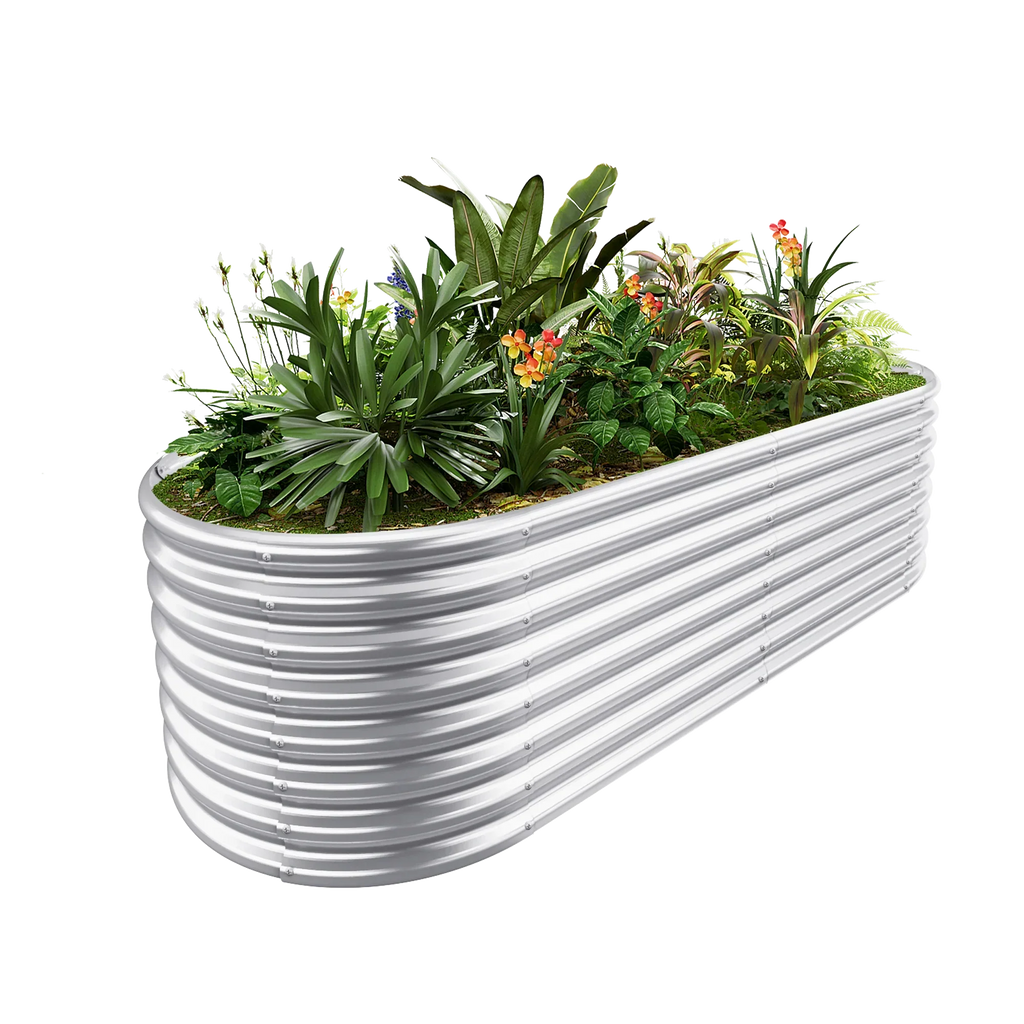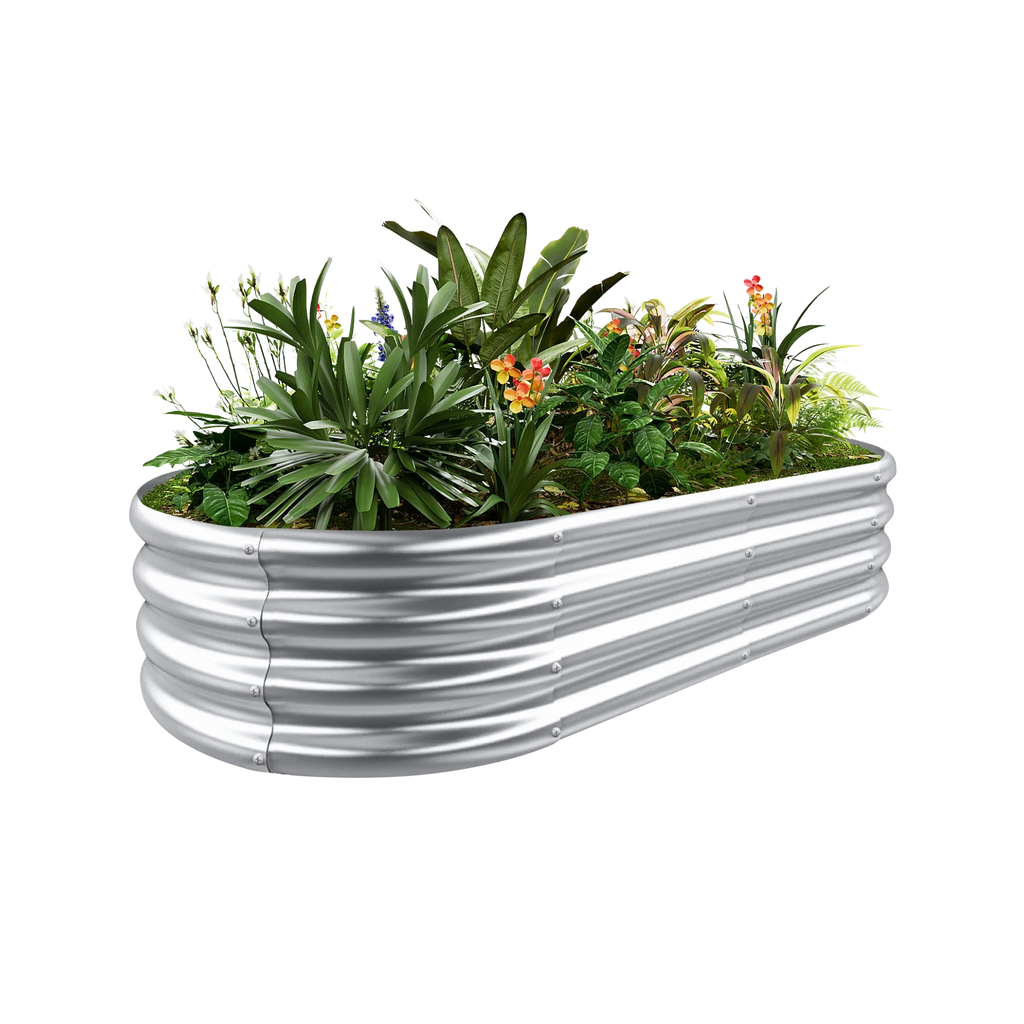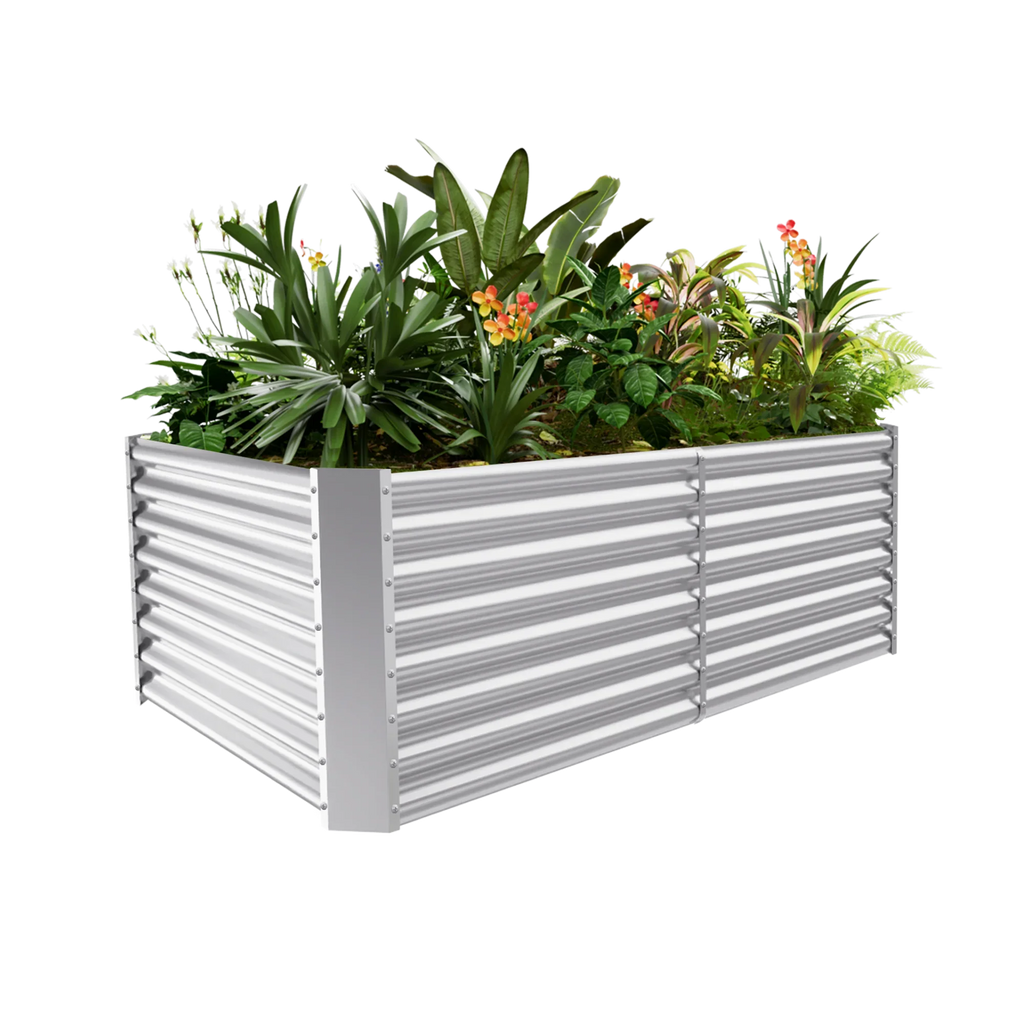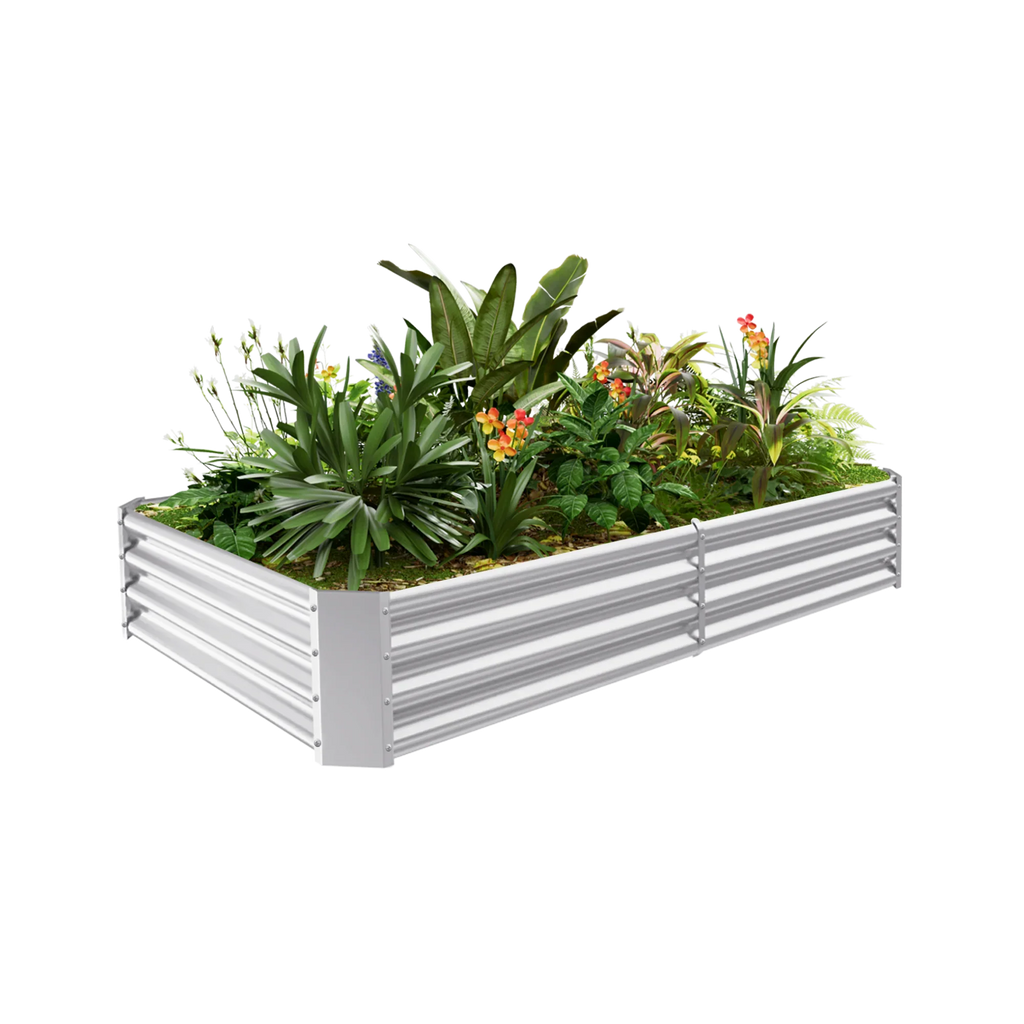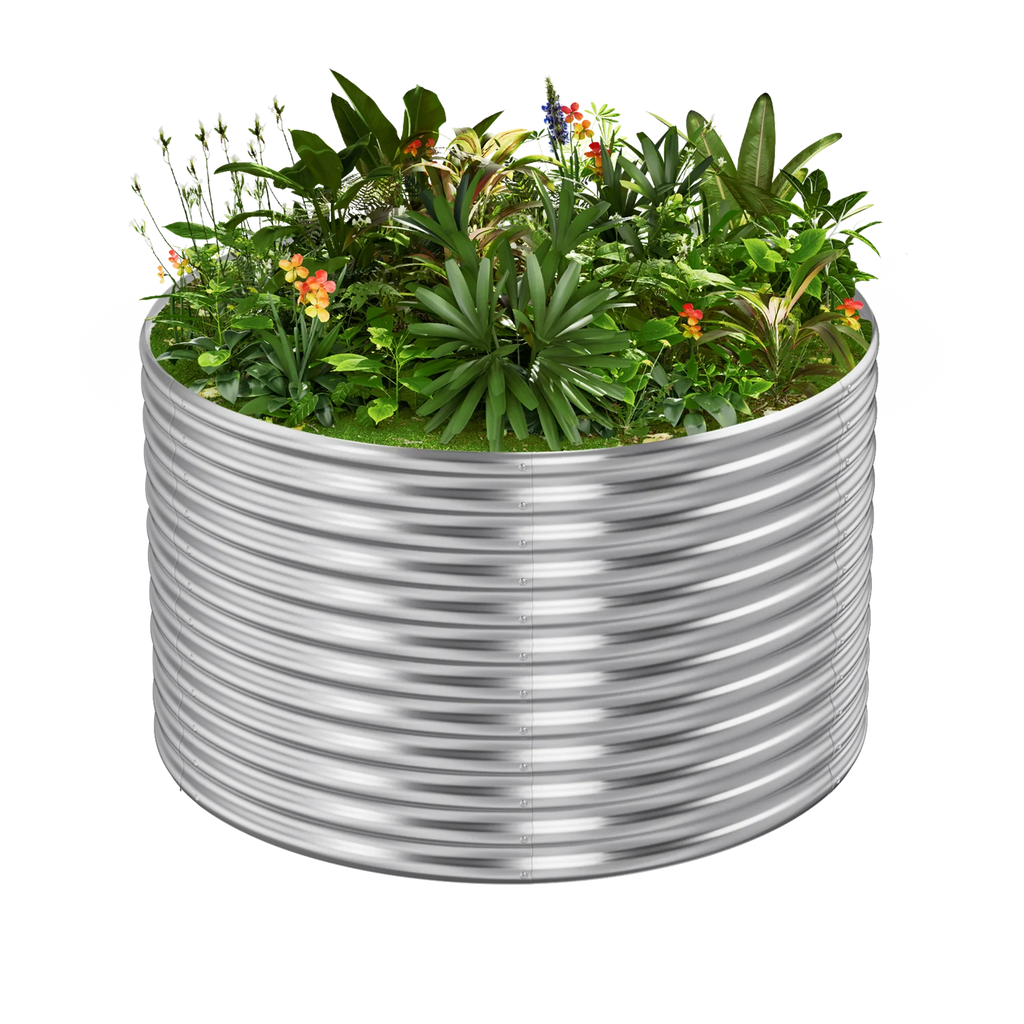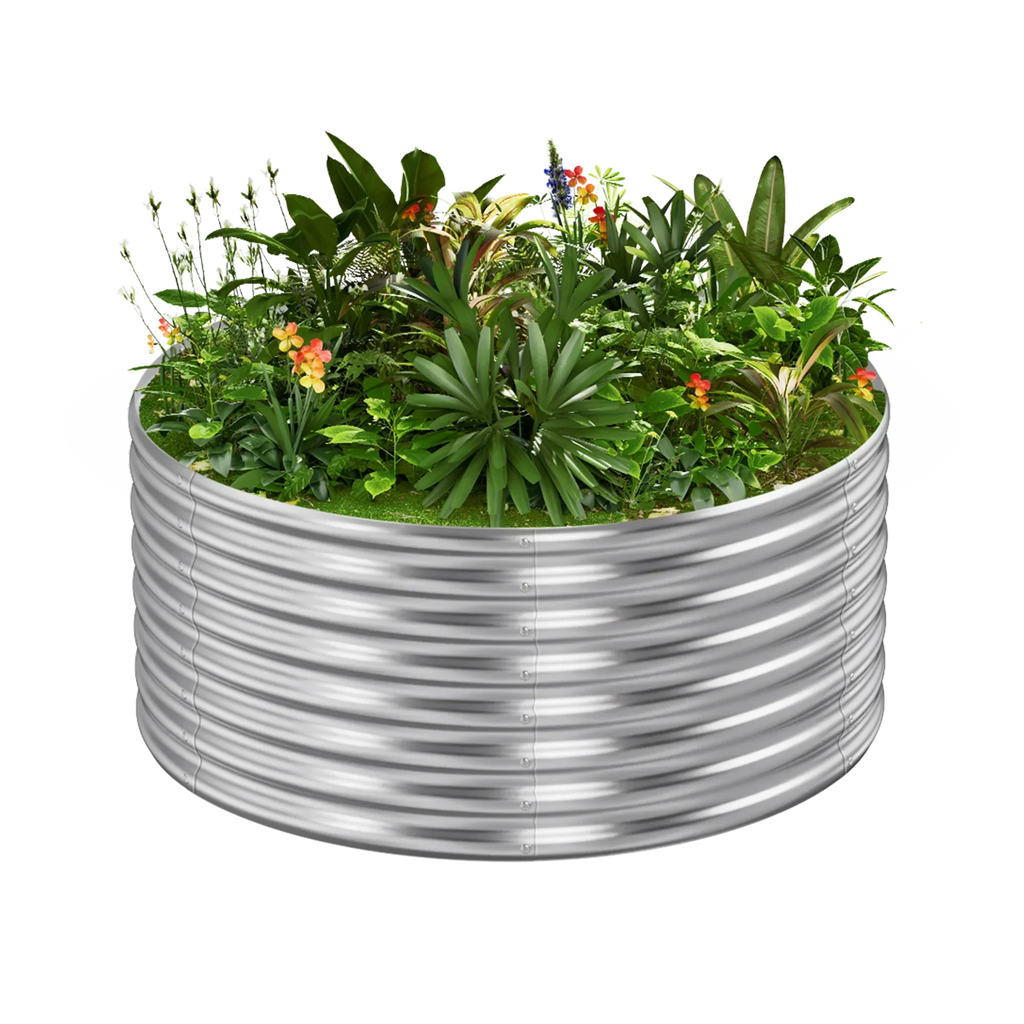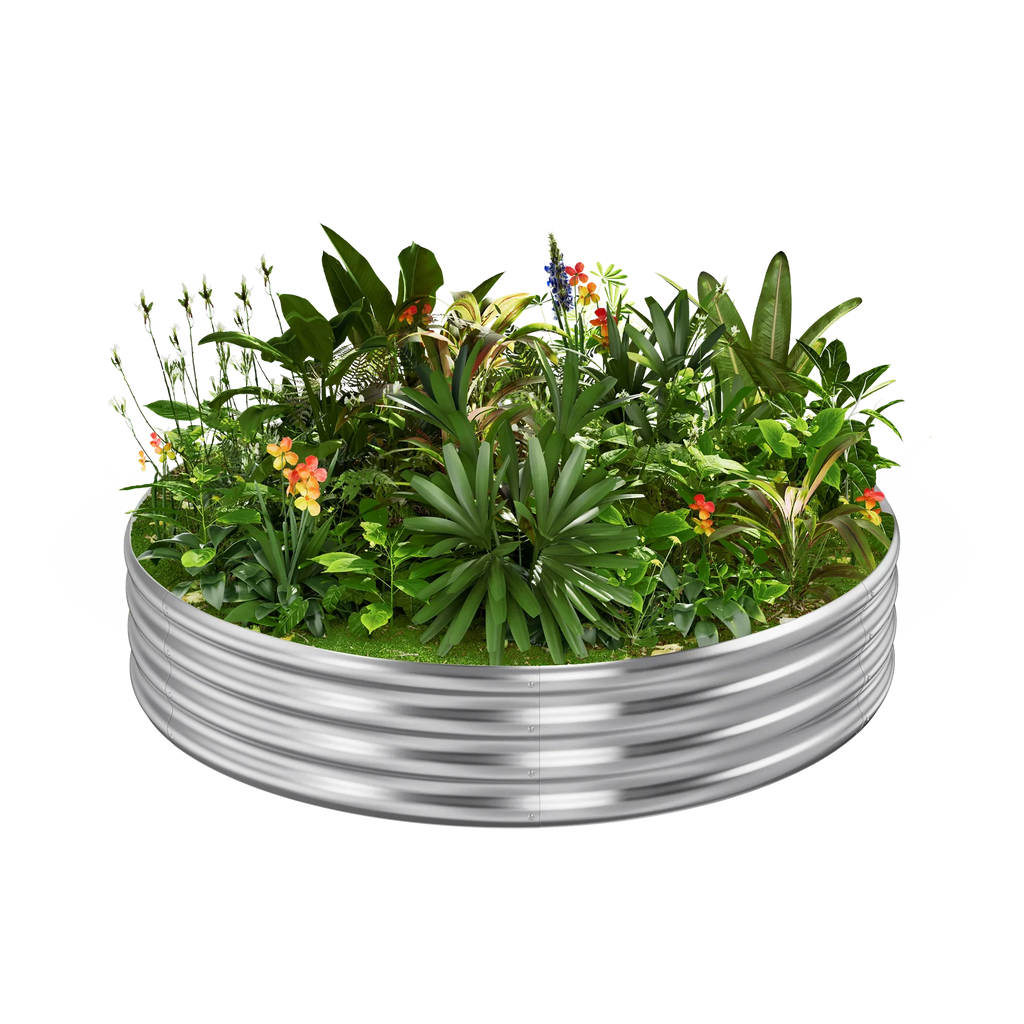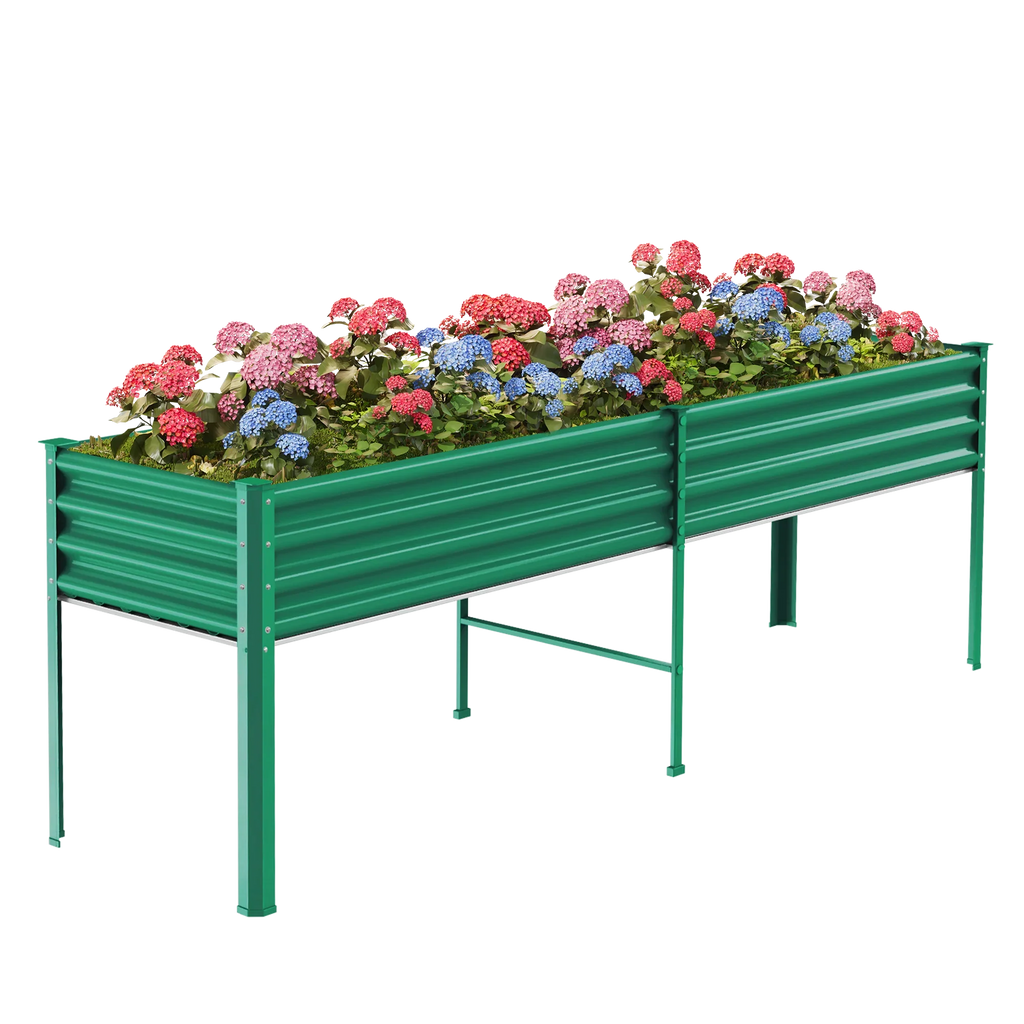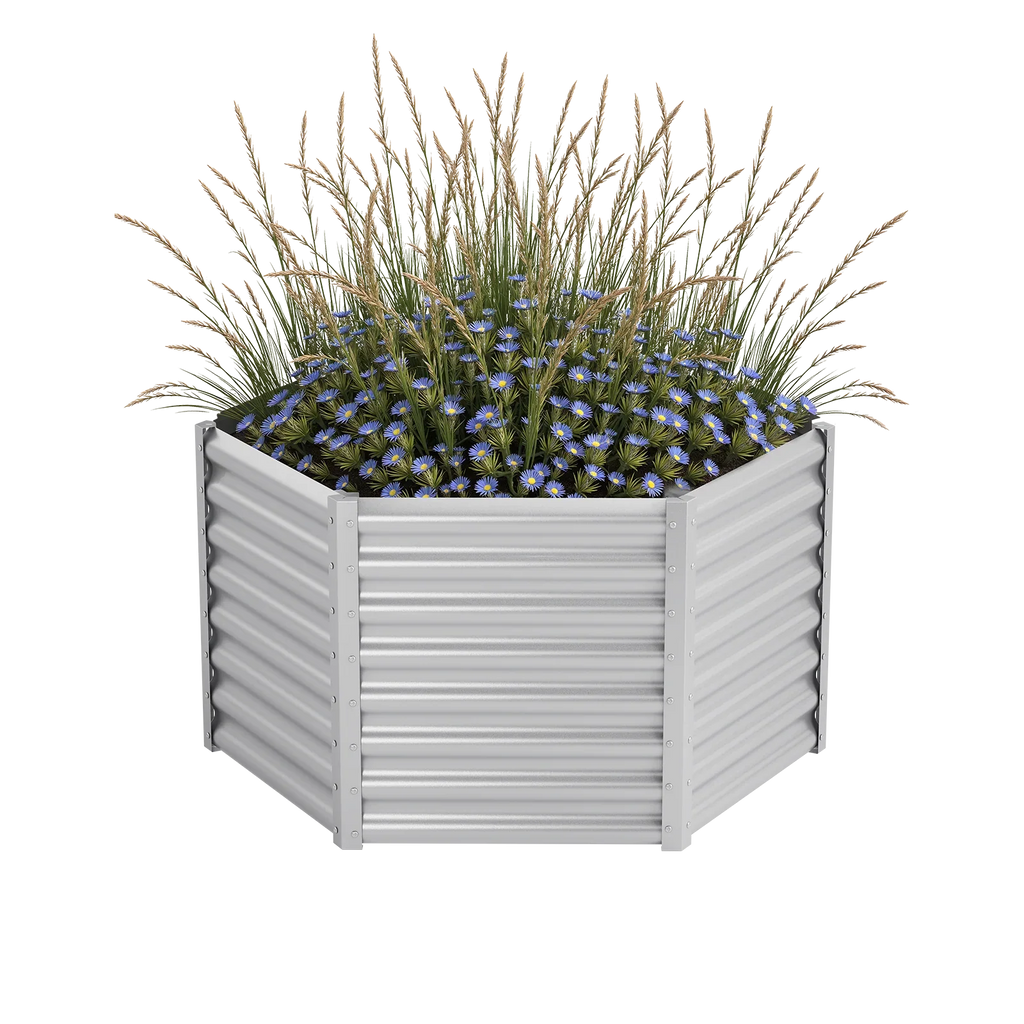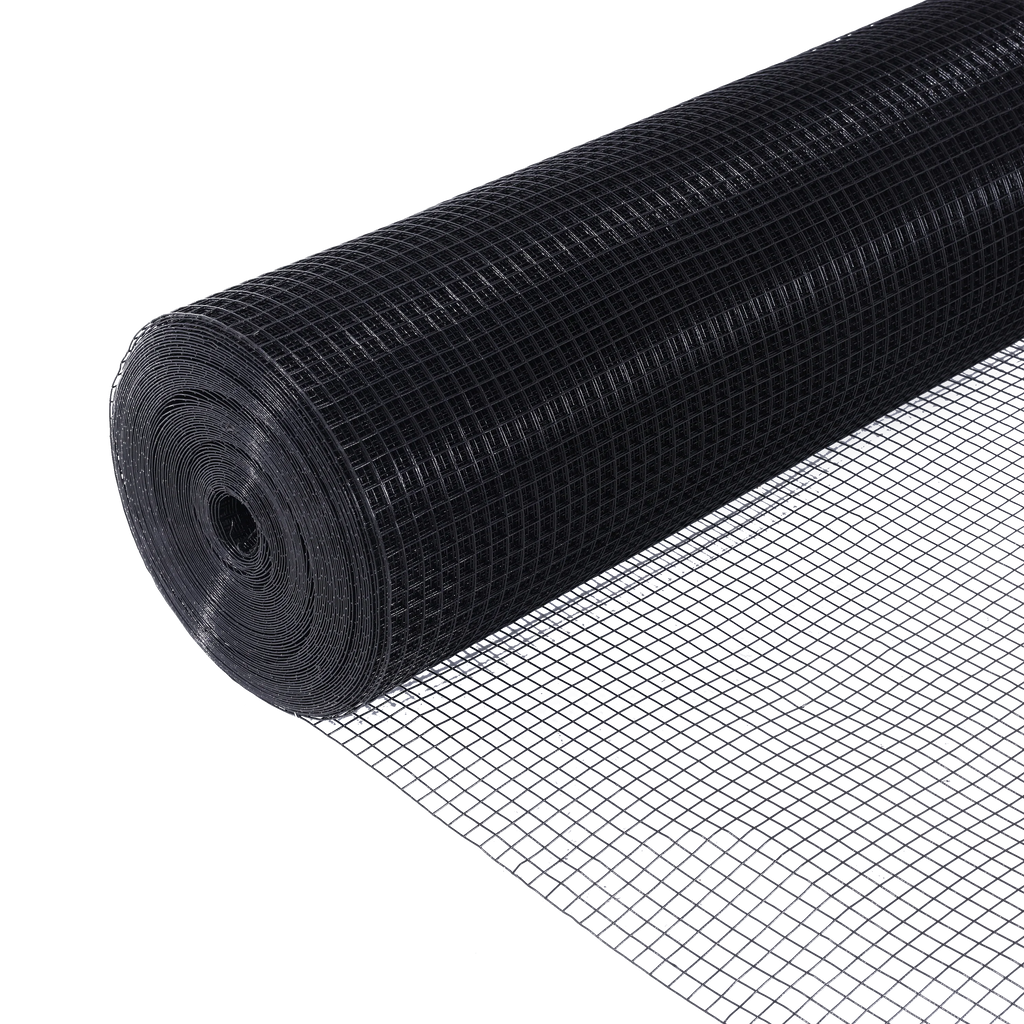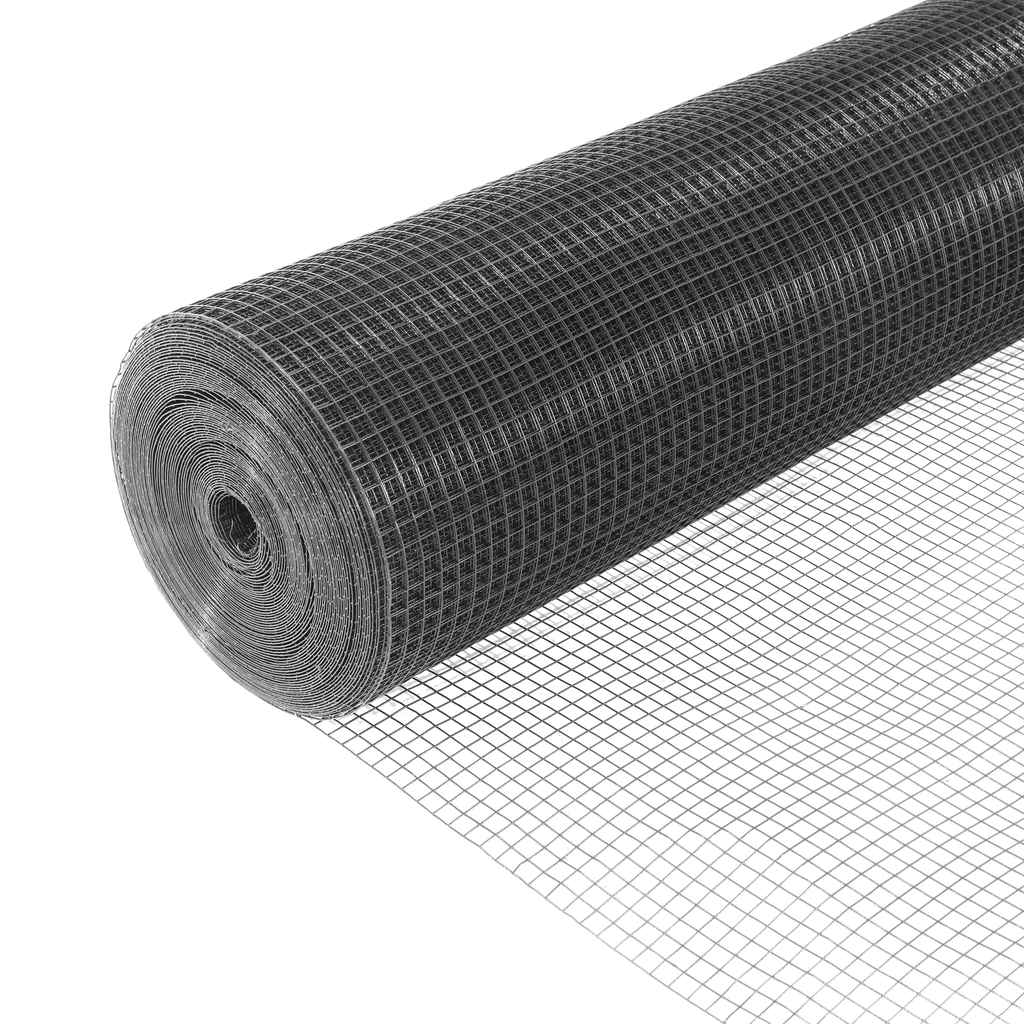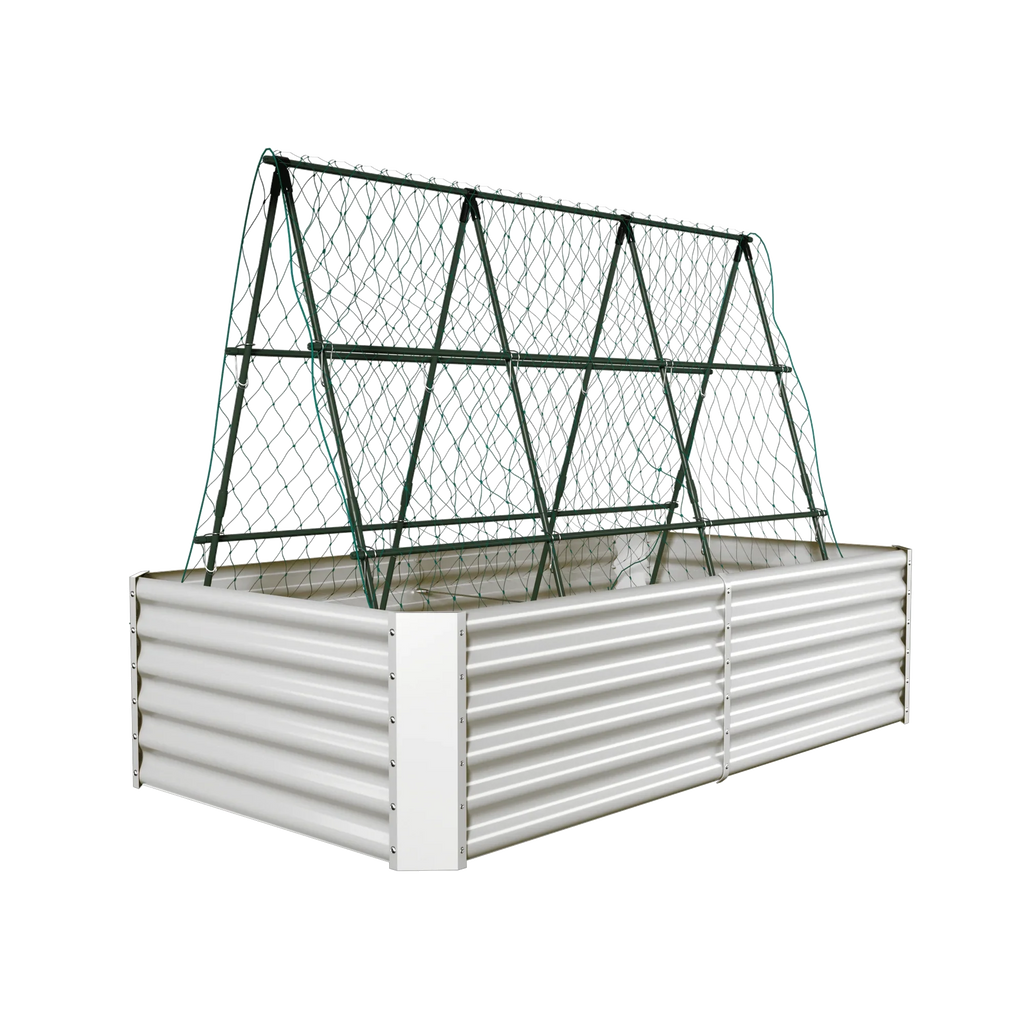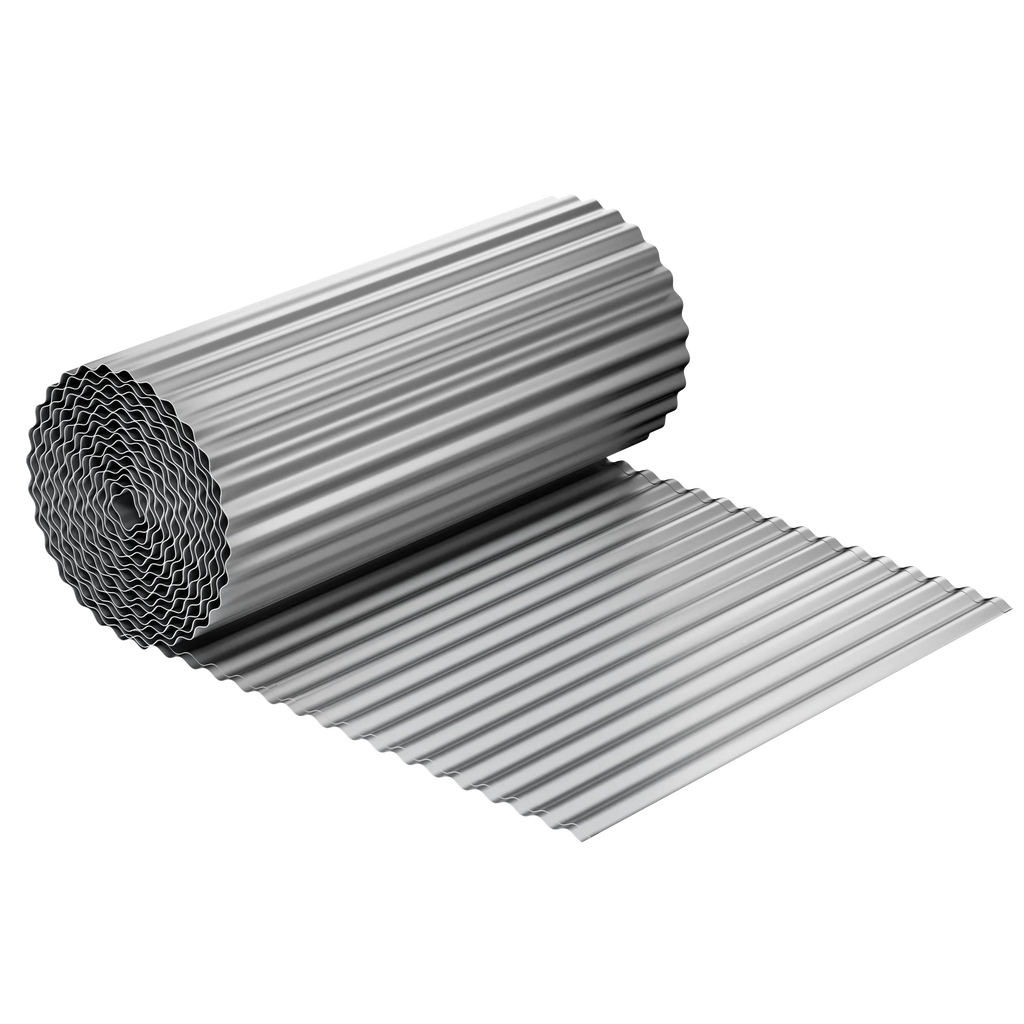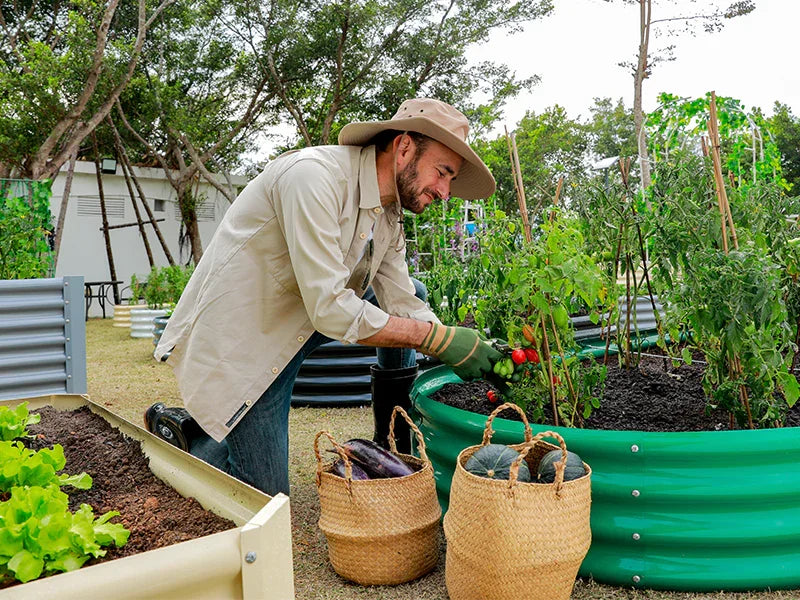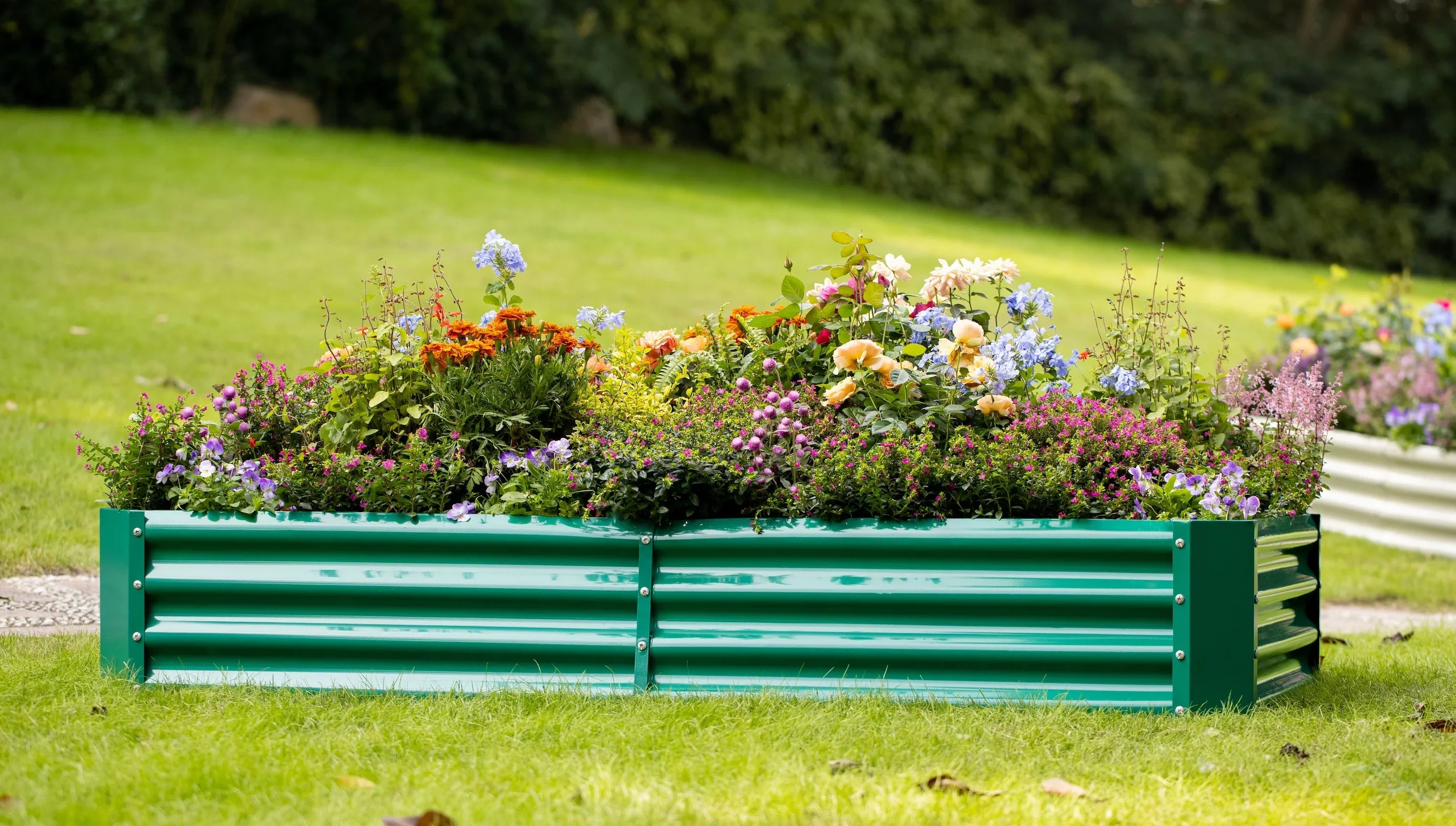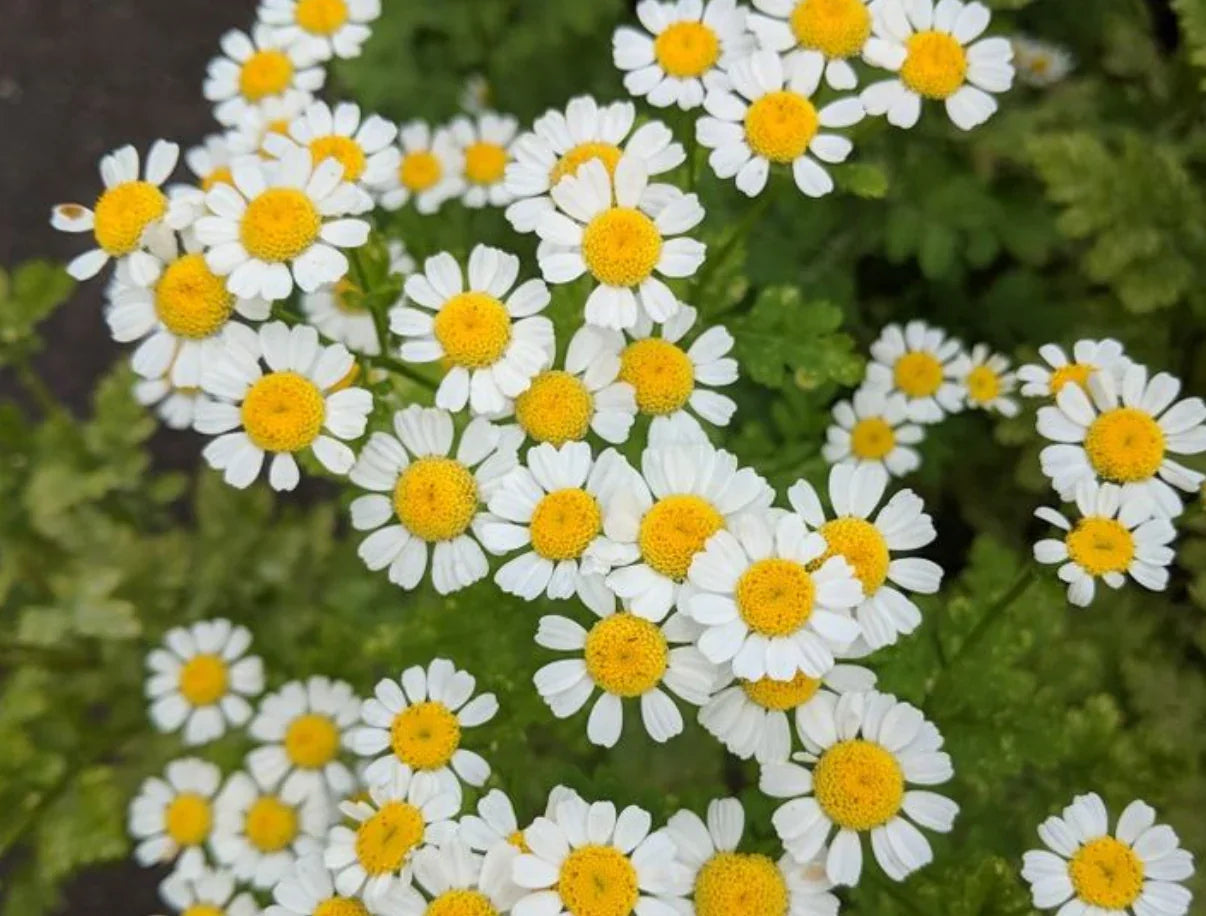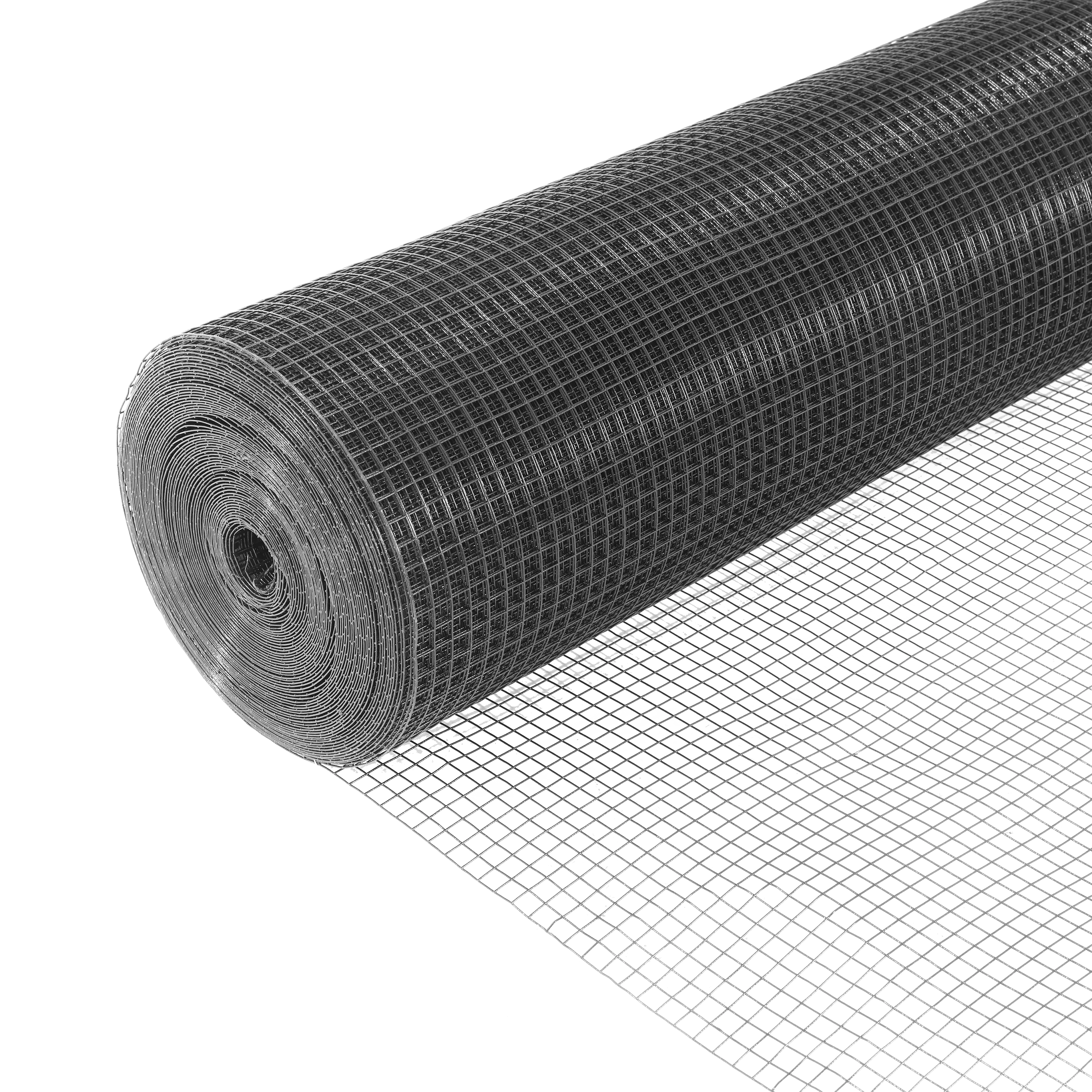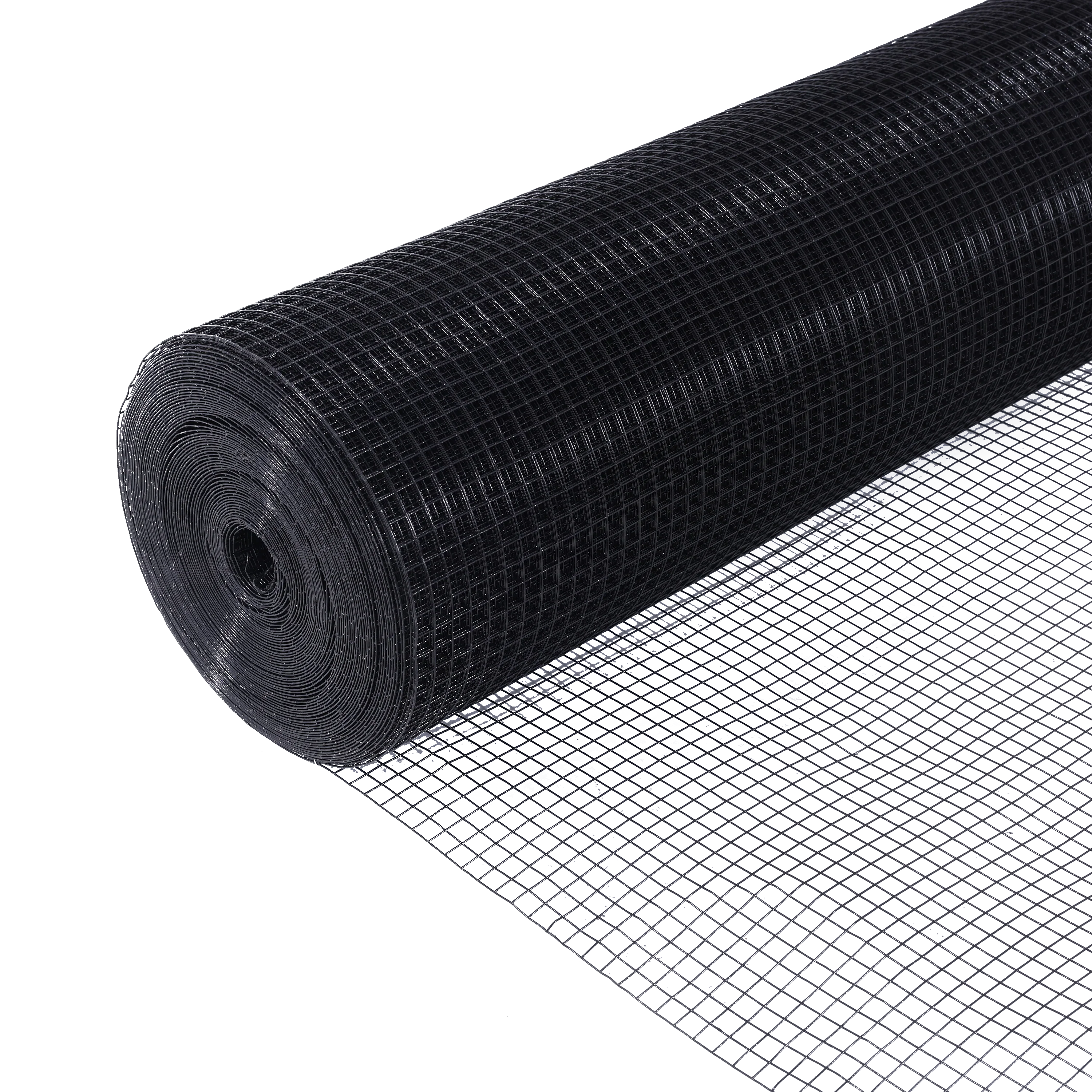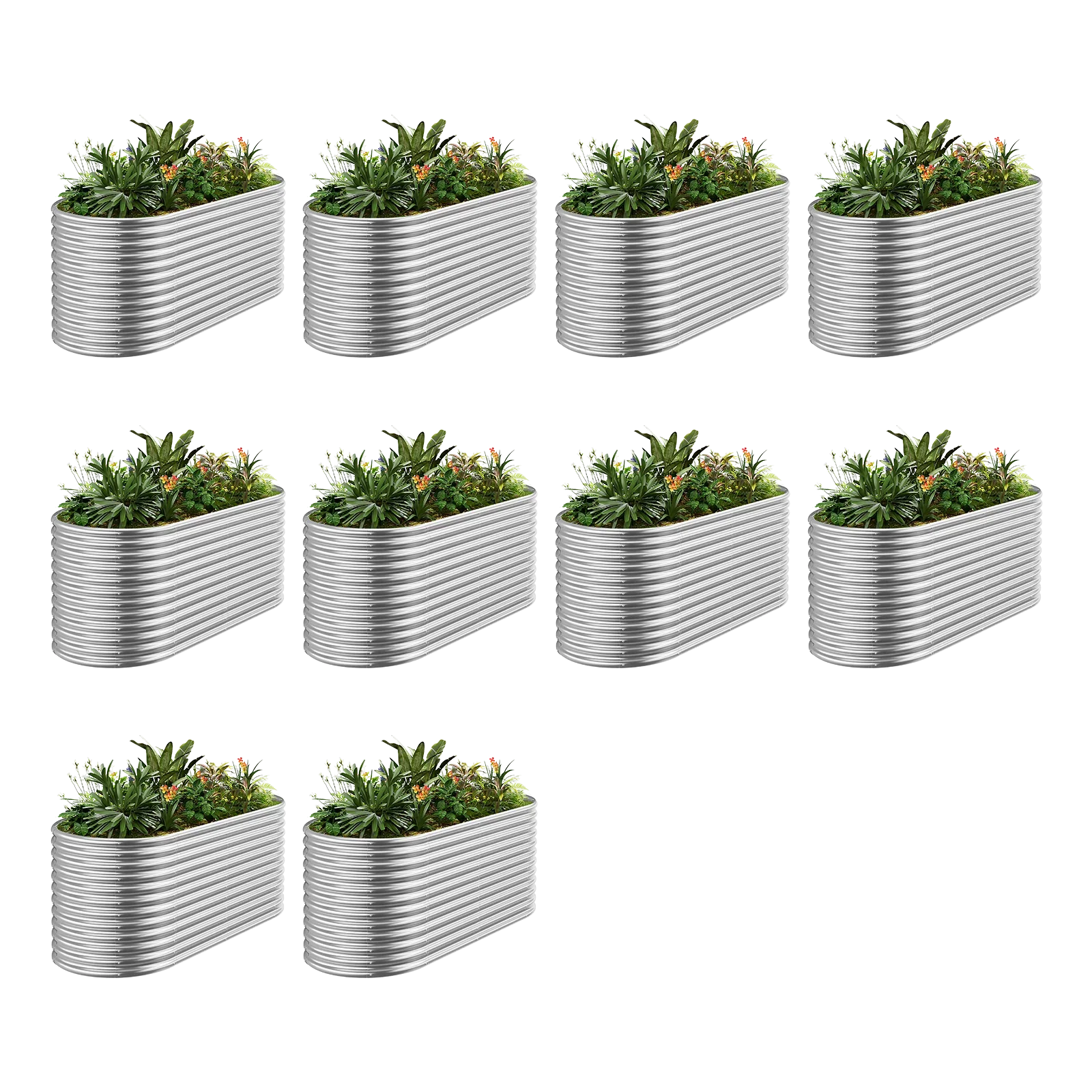Growing your own fruit is one of the most rewarding gardening experiences, offering the unparalleled joy of harvesting sun-ripened, flavorful produce right from your backyard. Whether you're cultivating apple trees, berry bushes, or citrus plants, understanding proper fruit growing techniques is essential for consistent, abundant harvests. This comprehensive guide from Landguard provides professional fruit growing tips to help you maximize your orchard's potential.
Strategic Planning and Site Selection
Choosing the right location represents the most critical decision in fruit cultivation, with long-lasting consequences for plant health and productivity.
-
Sunlight Requirements: Most fruit-bearing plants require minimum 6-8 hours of direct sunlight daily for optimal flowering and fruit production. Carefully observe potential sites throughout the day to identify areas with maximum sun exposure.
-
Air Circulation: Select sites with good air movement to reduce fungal disease pressure, but avoid excessively windy locations that can damage blossoms and young fruit.
-
Soil Drainage: Conduct percolation tests before planting. Dig holes 12-18 inches deep, fill with water, and observe drainage. Ideal drainage is 1-2 inches per hour. Poor drainage necessitates raised beds or extensive soil amendment.
-
Microclimates: Utilize favorable microclimates—south-facing slopes for early ripening, north-facing areas for late-season varieties, and elevated positions for frost protection.
Landguard Pro Tip: Our wireless microclimate sensors help monitor site conditions throughout the year, identifying optimal planting locations based on precise environmental data.
Soil Preparation and Nutrition Management
Fruit plants have specific nutritional demands that must be met through comprehensive soil preparation and ongoing fertility management.
-
Soil Testing: Conduct professional soil testing 2-3 months before planting to determine pH, nutrient levels, and organic matter content. Most fruits prefer slightly acidic soil (pH 6.0-6.5), though blueberries require acidic conditions (pH 4.5-5.5).
-
Deep Soil Preparation: For perennial fruit plantings, prepare soil to depth of 18-24 inches, incorporating 3-4 inches of organic matter throughout the root zone.
-
Nutritional Requirements: Fruit trees have specific nutrient needs:
-
Nitrogen: Supports vegetative growth (important for young trees)
-
Phosphorus: Essential for root development and fruit production
-
Potassium: Improves fruit quality and disease resistance
-
Calcium: Critical for cell wall structure and preventing disorders
-
-
Seasonal Fertilization: Apply nitrogen in early spring as growth begins, with additional applications based on leaf tissue analysis. Reduce nitrogen in late summer to encourage proper hardening for winter.
| Fruit Type | Preferred pH | Key Nutrient Requirements |
|---|---|---|
| Apples | 6.0-6.5 | Balanced N-P-K, plus boron |
| Blueberries | 4.5-5.5 | High nitrogen (ammonium form) |
| Grapes | 5.5-6.5 | Moderate nitrogen, high potassium |
| Citrus | 6.0-7.0 | High nitrogen, micronutrients |
Landguard's smart soil monitoring systems provide real-time nutrient data, taking the guesswork out of fertilization timing and amounts.
Selection and Planting Techniques
Choosing appropriate varieties adapted to your specific climate and conditions dramatically influences growing success.
-
Chill Hour Requirements: Select fruit tree varieties matching your winter chill accumulation (hours below 45°F/7°C). Insufficient chill results in poor bud break and reduced yields.
-
Disease Resistance: Prioritize varieties with natural resistance to common regional diseases to reduce chemical interventions.
-
Pollination Requirements: Many fruit trees require cross-pollination. Ensure compatible pollinizer varieties are planted within appropriate distance (typically 50-100 feet).
-
Proper Planting Technique:
-
Dig holes 2-3 times wider than root system but no deeper
-
Position graft union 2-4 inches above soil level
-
Spread roots radially without bending or circling
-
Backfill with native soil (no amendments in planting hole)
-
Water thoroughly to settle soil and eliminate air pockets
-
-
Initial Pruning: Balance top growth with root loss by removing 20-30% of canopy at planting.
Advanced Water Management Strategies
Precision irrigation is critical for quality fruit production, influencing fruit size, flavor, and storage potential.
-
Establishment Phase: New plantings require consistent moisture—water 2-3 times weekly for first 2-3 months without saturating soil.
-
Mature Plant Water Needs: Fruit trees have variable seasonal requirements:
-
Spring: Moderate water during bloom and fruit set
-
Summer: Peak demand during fruit expansion phase
-
Late Summer/Fall: Reduce irrigation to slow growth and encourage hardening
-
-
Deficit Irrigation Techniques: Controlled stress during specific growth stages can improve fruit quality—mild deficit during early fruit development enhances flavor compounds; pre-harvest deficit improves sweetness.
-
Delivery Systems: Drip irrigation provides water use efficiency of 90%+ compared to 50-70% for overhead systems. Place emitters to wet entire root zone without wetting trunk.
Landguard's precision irrigation controllers automatically adjust watering based on real-time evapotranspiration data, plant growth stage, and soil moisture levels.
Comprehensive Training and Pruning Systems
Proper pruning maintains structural integrity, optimizes light penetration, and regulates crop load for consistent production.
-
Central Leader System: Ideal for apples, pears, and pecans—features main central trunk with whorls of scaffold branches.
-
Open Center System: Appropriate for peaches, nectarines, and plums—creates vase-shaped structure with 3-4 primary scaffolds.
-
Renewal Pruning: Essential for cane fruits (blackberries, raspberries)—remove fruited canes immediately after harvest while preserving new vegetative canes.
-
Summer Pruning: Techniques include:
-
Pinching: Removing shoot tips to encourage branching
-
Thinning: Removing entire shoots to improve light penetration
-
Heading: Cutting back shoots to stimulate fruiting wood
-
-
Fruit Thinning: Critical practice for achieving marketable size and preventing biennial bearing. Thin apples and pears to 6-8 inches between fruits; peaches to 4-6 inches.
Integrated Pest and Disease Management
Successful fruit production requires proactive pest management combining multiple strategies.
-
Monitoring: Regularly inspect plants for early signs of problems. Use pheromone traps to track pest populations and determine treatment timing.
-
Cultural Controls:
-
Remove and destroy fallen fruit and leaves
-
Maintain weed-free areas around plants
-
Select resistant varieties
-
Promote beneficial habitats
-
-
Biological Controls: Release or encourage natural predators like lady beetles, lacewings, and parasitic wasps.
-
Judicious Chemical Use: When necessary, select targeted materials with low environmental impact and apply during appropriate developmental stages.
Landguard's plant health monitoring system provides early detection of stress conditions before visible symptoms appear, allowing for timely interventions.
Harvest and Post-Harvest Management
Proper harvesting techniques and post-harvest handling preserve fruit quality and extend storage life.
-
Harvest Indicators: Learn variety-specific maturity signs:
-
Background Color Change: Apples and pears show chlorophyll loss
-
Sugar Content: Measure with refractometer (Brix)
-
Firmness: Use penetrometer for objective measurement
-
Aroma: Development of characteristic fragrance
-
-
Harvest Technique: Handle fruit carefully to avoid bruising. Maintain picking containers in shade and move to cooling facilities within 2-4 hours.
-
Storage Conditions:
-
Cold Storage: Most tree fruits at 32-35°F with 90-95% humidity
-
Controlled Atmosphere: Advanced storage extending market life
-
Ethylene Management: Separate ethylene-producing and sensitive fruits
-
Landguard's Smart Orchard Management System
Our integrated approach combines traditional horticultural wisdom with cutting-edge technology:
-
Precision Monitoring: Wireless sensors track soil moisture, nutrient levels, microclimate conditions, and plant health status
-
Data-Driven Decisions: Our platform analyzes environmental data to provide specific recommendations for irrigation, fertilization, and pest management
-
Automated Systems: Smart irrigation controllers adjust watering based on real-time conditions, while automated nutrient delivery systems ensure optimal fertility
-
Documentation and Analysis: Maintain complete records of management activities and their outcomes to refine practices season after season
Seasonal Fruit Growing Calendar
| Season | Key Activities |
|---|---|
| Winter | Pruning dormant plants, soil amendment, planning and ordering, equipment maintenance |
| Spring | Pest monitoring, fertilization, bloom thinning, frost protection, planting new specimens |
| Summer | Irrigation management, fruit thinning, pest control, summer pruning, harvest of early varieties |
| Fall | Harvest main and late varieties, post-harvest fertilization, soil building, winter preparation |
Troubleshooting Common Fruit Growing Problems
-
Poor Fruit Set: Often caused by inadequate pollination, frost damage during bloom, or nutrient imbalances
-
Biennial Bearing: Addressed through rigorous fruit thinning in heavy crop years and balanced nutrition
-
Fruit Cracking: Typically results from irregular water availability during final swell phase
-
Sunscald: Prevented by maintaining adequate leaf canopy and avoiding excessive summer pruning
Conclusion: Cultivating Fruit Growing Excellence
Successful fruit cultivation requires combining scientific understanding with attentive observation and timely interventions. By implementing these research-based techniques—selecting appropriate varieties, providing optimal growing conditions, managing crop load, and employing integrated pest management—you can achieve consistent, high-quality harvests year after year.
Remember that fruit growing is a long-term investment requiring patience and continuous learning. Each season provides new insights and opportunities for refinement.
What fruit growing challenges have you encountered? Share your experiences and questions in the comments below—our community of fruit growing experts is here to help!
Discover how Landguard's smart orchard management systems can help you implement these professional growing techniques with precision and efficiency. From soil sensors to automated irrigation controls, our technology supports your journey toward exceptional fruit production while optimizing resource use and minimizing environmental impact.






